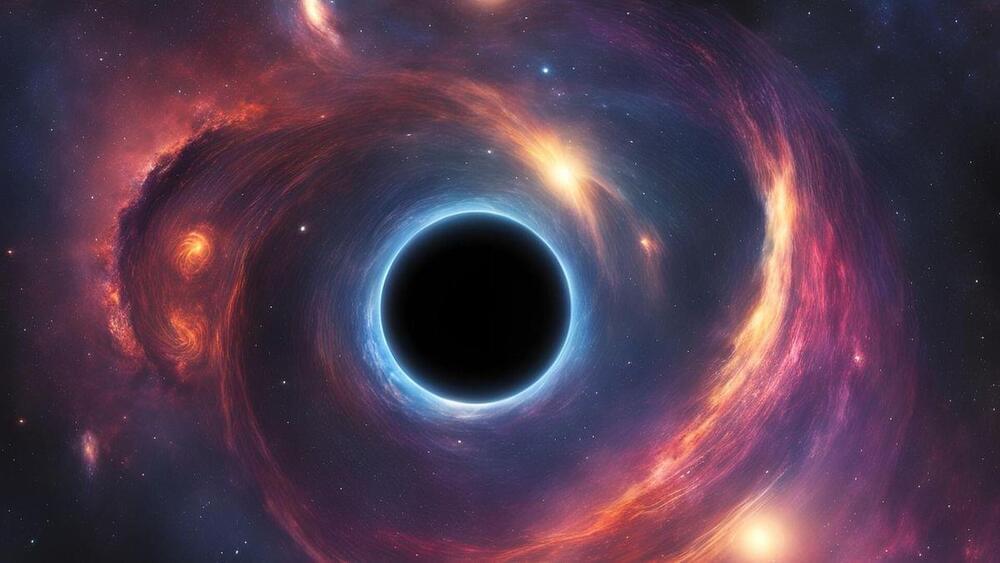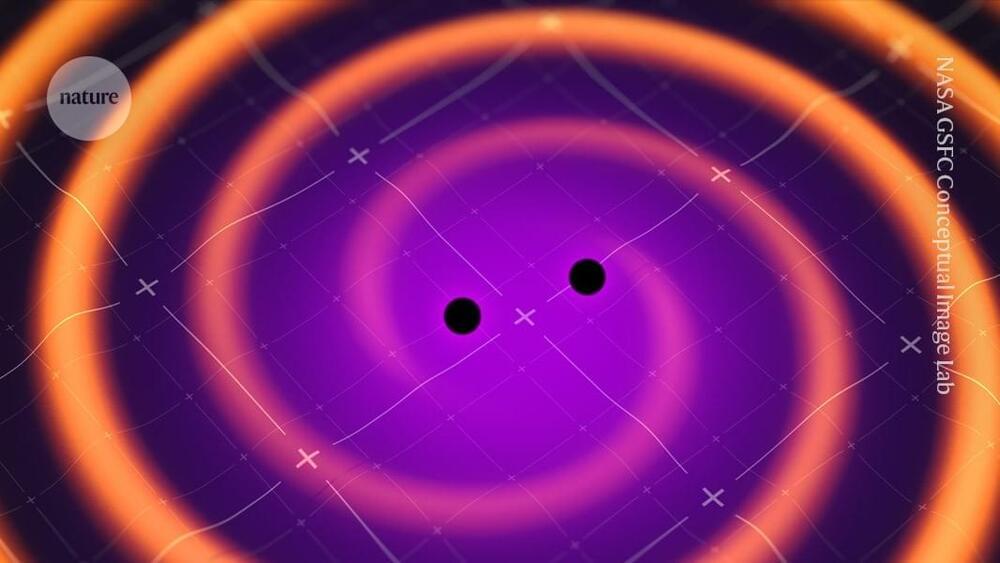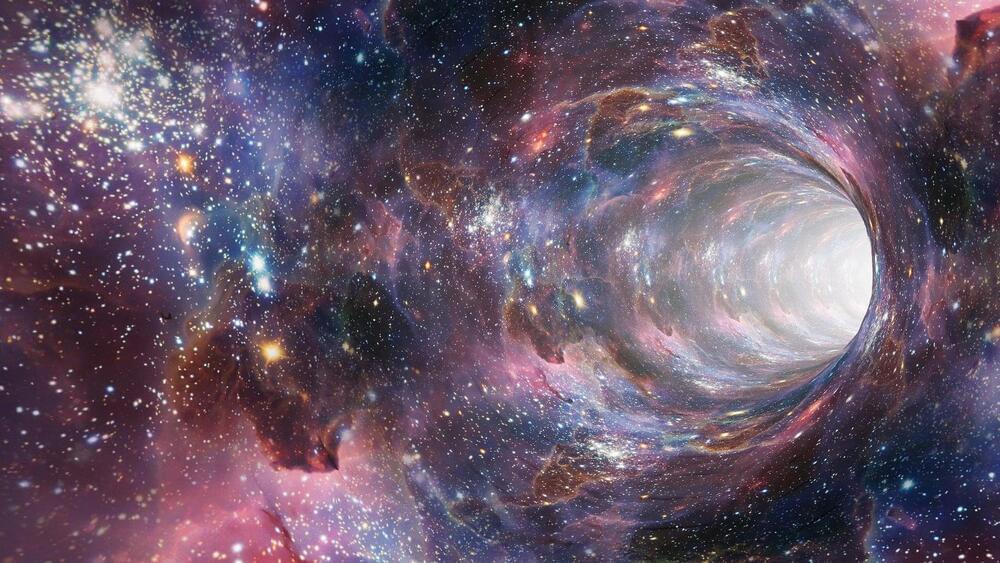Explore the mind-bending realms of the cosmos in our latest video! 🌌 From the Big Bang’s inception to the rapid expansion driven by dark energy, we’ll delve into how our universe grows endlessly. Discover the possibility of multiple universes, each with unique physical laws, and the role of black holes in potentially creating new universes. We’ll also uncover the cosmic microwave background’s secrets, revealing clues about early universe collisions. Embark on a journey through space and time, contemplating the infinite and the mysteries that stretch the boundaries of human understanding.
#CosmicMysteries #MultiverseTheory #BigBang #DarkEnergy #BlackHoles.
Don’t forget to like and share the video!
OUTLINE:
00:00:00 Into the Unknown.
00:01:01 A Multiverse of Possibilities.
00:03:20 Gateways to New Universes?
00:05:36 Echoes of a Multiverse?
00:06:35 A Universe of Possibilities.



